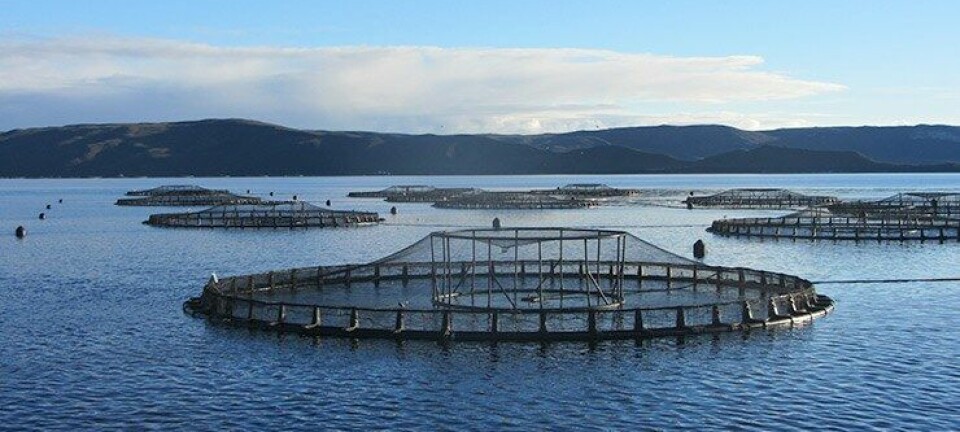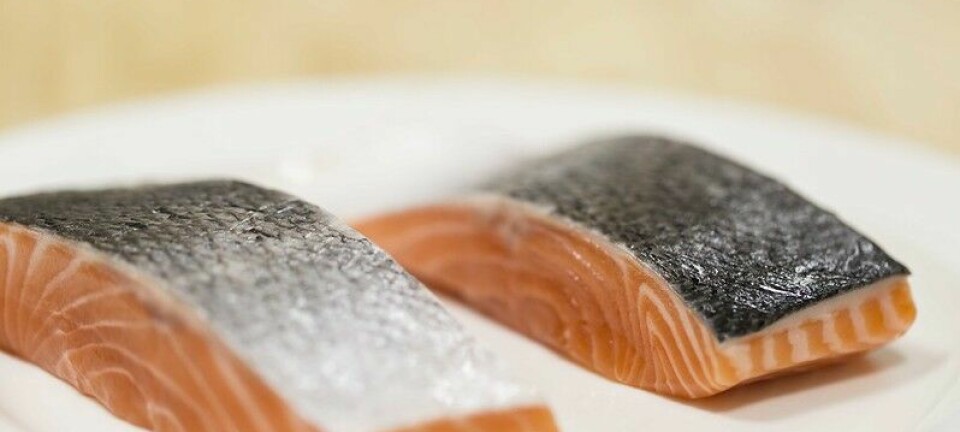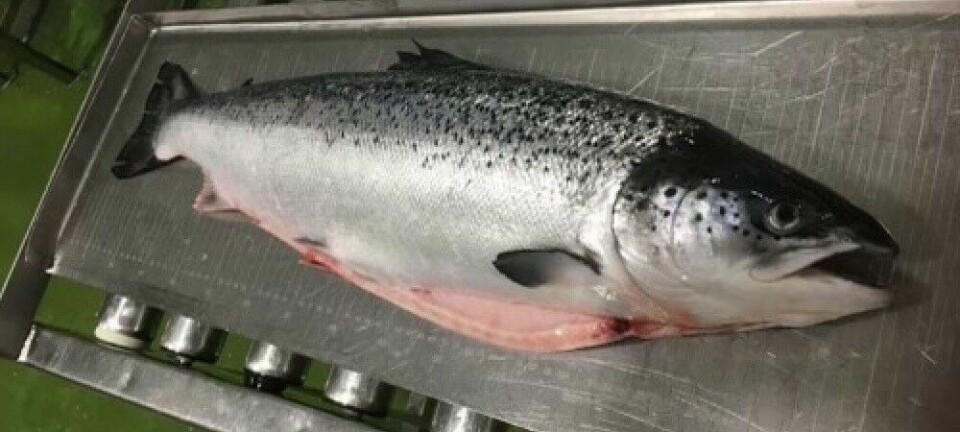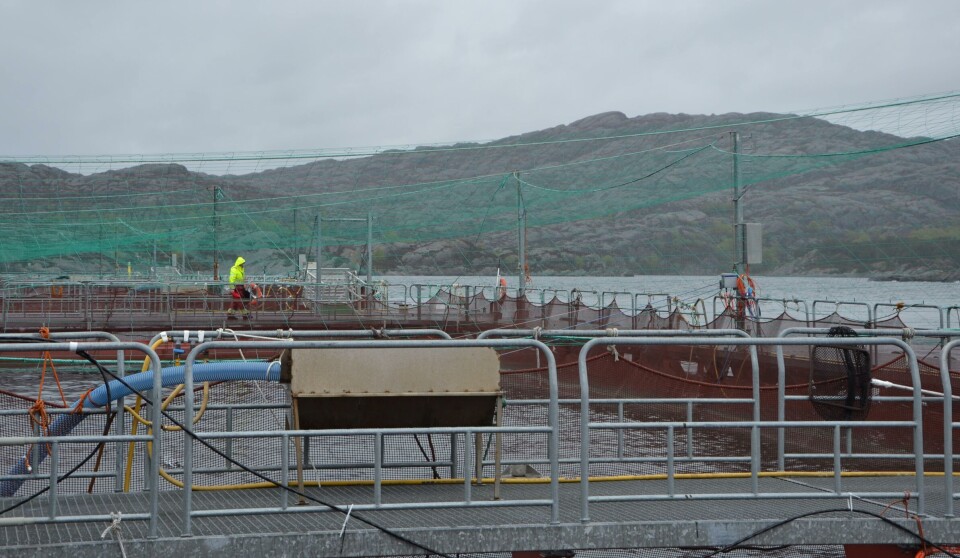
Norwegian fish farmer cut mortality by almost two-thirds last year
Result was the sum of many measures, says Sulefisk general manager
A Norwegian salmon farmer reduced mortality by almost two-thirds last year.
Sulefisk, which operates six sites off the shores of a group of islands at the entrance to the Sognefjord north of Bergen, saw mortality fall from 18% in 2022 to just over 6% in 2023.
Production increased by 900 tonnes, a significant volume for a company that produces an average of 4,000 tonnes of salmon per year.
Turnover was NOK 295 million last year, and profit after tax was NOK 75m, up from NOK 61m in 2022.
Positive biology
“We’ve seen a positive development in biology both in 2023 and so far in 2024,” general manager Michael Niesar told Fish Farming Expert’s Norwegian sister site, Kyst.no.
“Here we are talking roughly about better fish health, better lice control, and reduced mortality in our fish. There are many parameters that come into play and it is the sum of the measures that gives results.”
Keeping mortality low remains a focus for Sulefisk.
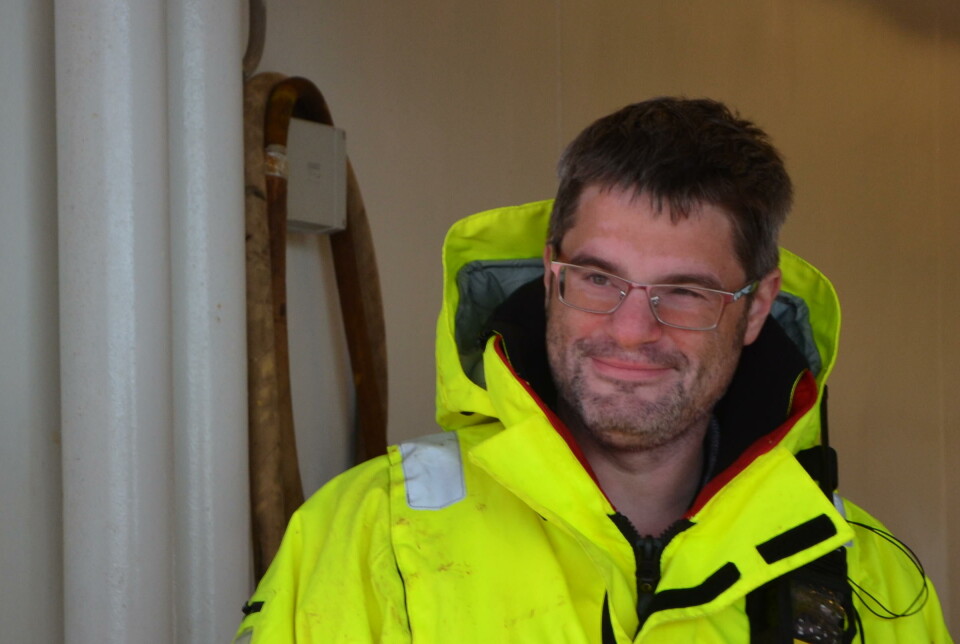
“The goal for 2024 is to be even better, and so far, it seems that we can achieve this. The mortality rate from 01 January 2024 to date is 4.7%. So, it’s going the right way.”
In terms of fish health, Niesar says that the biggest current challenge is cardiomyopathy syndrome (CMS).
“We are now in the process of seeing if, during periods when the salmon are more vulnerable to the virus, we can improve the condition through feed-related measures.”
Red traffic light
Despite reduced lice numbers on farms in the production area where Sulefisk’s farms are sited, and an increase in the wild salmon population, the area has been designated red under Norway’s traffic light system. This means Sulefisk and other farmers in the area must reduce the biomass they can produce by 6%.
“The consequences and ripple effects of this have been clearly outlined by the industry and it is incomprehensible that the Norwegian authorities and governing bodies do not see that this weakens ‘District Norway’, scraps innovative projects and slows down the positive development in the industry.”
Niesar believes this is very unfortunate, and even if Sulefisk’s operating result in 2023 does not reflect the consequences and ripple effects of these changes, he believes these framework conditions will affect both Sulefisk and the industry in general in the future.
The future is open
Sulefisk has a green licence to grow post-smolts in an Ecomerden floating semi-closed containment enclosure, but most of its production is in open net pens.
“Experiencing that you can have good biological control in open cages is important to take into account in further development and political management of the industry,” said Niesar. “Personally, I think it is important that in the future the traditional way of growing the fish in open cages is taken care of, while at the same time we have good biological control both with regard to fish welfare, the external environment, and biological diversity.”





